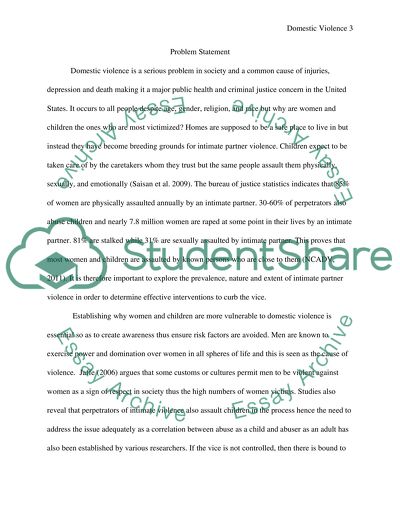Cite this document
(“Domestic Violence Research Paper Example | Topics and Well Written Essays - 2750 words”, n.d.)
Retrieved from https://studentshare.org/psychology/1431303-domestic-violence
Retrieved from https://studentshare.org/psychology/1431303-domestic-violence
(Domestic Violence Research Paper Example | Topics and Well Written Essays - 2750 Words)
https://studentshare.org/psychology/1431303-domestic-violence.
https://studentshare.org/psychology/1431303-domestic-violence.
“Domestic Violence Research Paper Example | Topics and Well Written Essays - 2750 Words”, n.d. https://studentshare.org/psychology/1431303-domestic-violence.


